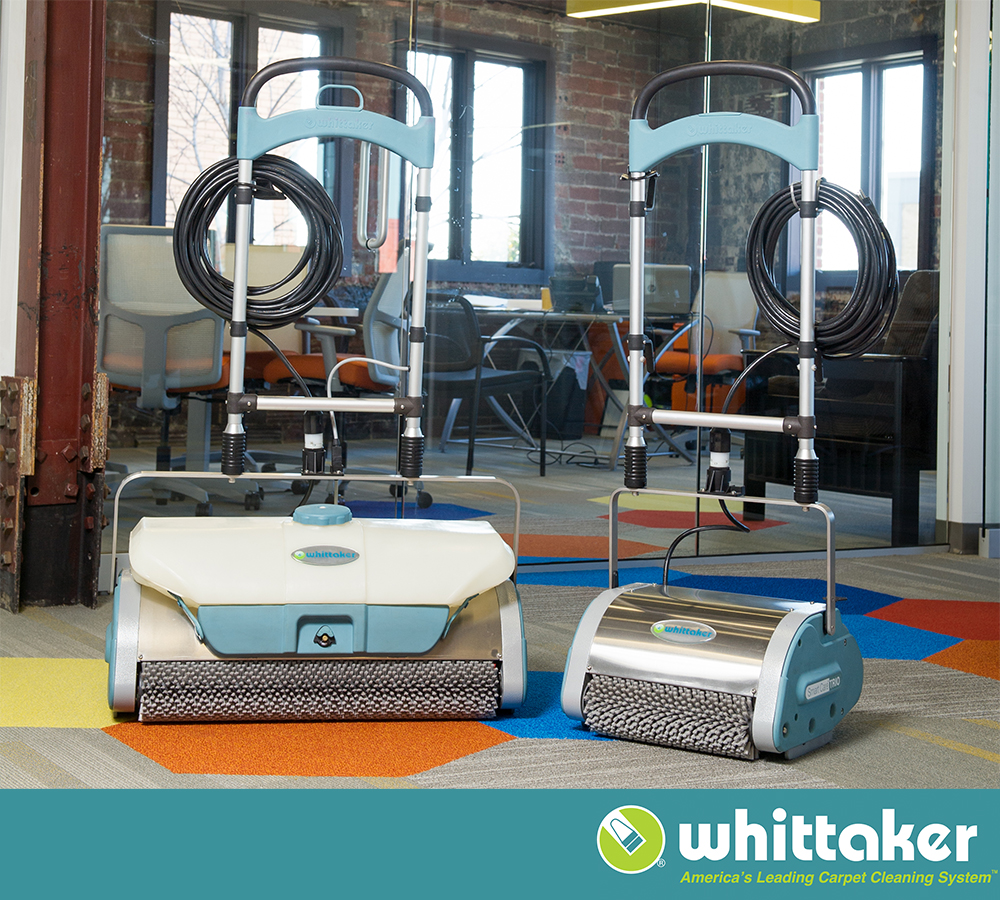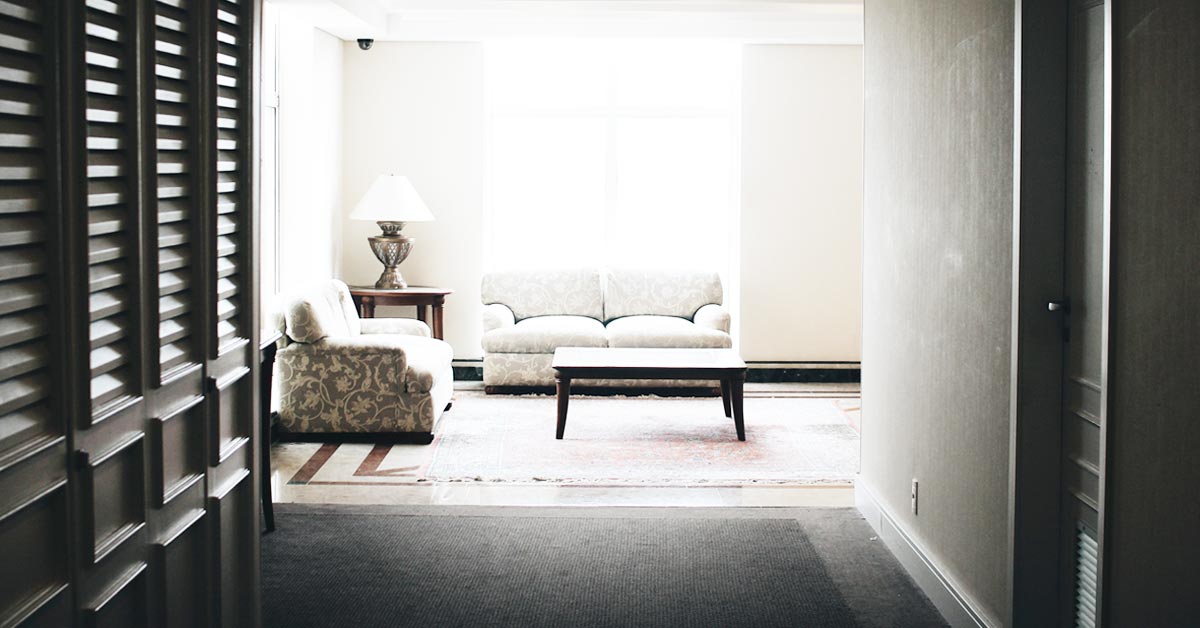Whether you’re a new building service contractor working on your first hospitality carpet cleaning bid or a seasoned company who has worked in other types of buildings, creating a proposal for hotels and other hospitality properties can seem overwhelming. Large properties, multiple rooms, furniture obstructions, and 24/7 operating hours can make cleaning costs difficult to calculate. You want to ensure that your team has the time and the tools to complete the job properly and that you make a profit.
Whittaker has been in the commercial carpet cleaning business for decades and we are familiar with the challenges presented by hospitality facilities. We have identified the most important factors to keep in mind when working on a hospitality bid from details about the facilities to your carpet cleaning method and equipment. Keep reading to see the information you will need to create a successful proposal.
Equipment Transportation and Set Up
First, you need to learn all of the details about the facility or facilities you will be cleaning. Ask for a list with the number of buildings and rooms, access points with parking lots and doors, and elevator availability. Are there freight elevators, or will you need to use the same ones as guests? Do the spaces have a lot of furniture or other obstructions that you will need to work around? Understanding the time it will take you to set up and mobilize your employees and equipment, as well as clean up and moving equipment out, will help you get started on pricing labor costs.
Cleaning Time Frames
Next, you need to understand the traffic patterns of the facility and how often carpet should be cleaned. Design a plan that addresses light, moderate and heavy traffic areas and the square footage of each of those spaces.
Will the cleaning be conducted during the daytime or at night? Will you add a premium for nighttime cleaning? You should also ask about specific cleaning time windows – will you need to have a room’s carpet clean and dry in a certain amount of time? You may need to include air movers to decrease dry time. It is also a good idea to confirm with the manager of facility if room ventilation systems may be left on to remove humidified air, even after the carpet is dried. Some new ‘intelligent’ HVAC systems have a ‘presence detector’ that stops heating or cooling if no one is in the room, which can substantially increase carpet drying time. Let them know you are partners with them in providing guests an excellent experience.
Keep in mind that having multiple machines cleaning multiple rooms at the same time may be your most efficient option rather than returning on multiple days. This depends on the time it takes you to transport your equipment to the facility, unload, set up, clean, load, and store the equipment.
Carpet Condition
When examining the facility’s carpet, you may notice that an initial restoration cleaning is needed before regular maintenance can be implemented. Ask for details about the approximate age of the carpet and what cleaning processes have been used in the past. If the carpet has been treated with a high pH chemistry, the carpet fibers may not respond to typical cleaning methods. They may need to be pre-treated with an acidic rinse such as Whittaker’s CRYSTAL® SALT REMOVER.
Don’t forget about the composition and construction of the carpet. Wool carpets generally require a softer bristle brush than those used for standard synthetic fiber carpet. Counter-rotating brush agitation machines, like the Smart Care® TRIO or TWIN, are ideal for carpet tiles, cut piles, loop piles, and all other commercial grade carpet constructions. Whittaker’s Smart Care® Systems are also recommended or approved by many leading carpet mills and will not void the carpet warranty like some other cleaning methods.
Cleaning Method and Production Rates
The last piece of the hospitality carpet cleaning puzzle is your cleaning method and the production rates of your equipment. After understanding the traffic patterns, frequency of cleaning, obstructions, and type of carpet, equipment can be selected to optimize the productivity of the cleaning method in the space.
Low moisture encapsulation cleaning is a proven method for both restorative and regular maintenance. Encapsulation provides improved carpet appearance, cost efficiency, and fast dry times – all essential factors for the hospitality industry.
The Whittaker Smart Care® 20” and 25” TRIO models are among the most productive on the market (see this Time and Motion Study conducted by an independent third party) and are ideal for cleaning wide open spaces like ballrooms and hallways. Our smaller models, like the 12” TRIO or 15” TWIN, can maneuver around furniture in obstructed areas like hotel rooms. The quiet operation of Whittaker’s Smart Care® machines means that you can suggest daytime cleaning for any areas without disturbing guests and regular facility operations. With no truck-mounted hoses, you can also reach more spaces easily and decrease loading and unloading time.
After you have collected all of the information above, you can use our free Smart Care® Cost Calculator tool to estimate labor and product costs for vacuuming, low moisture interim maintenance, and restorative carpet cleaning for the given square footage.
For more information about designing a carpet maintenance plan, see our four-step Comprehensive Planned Approach.


